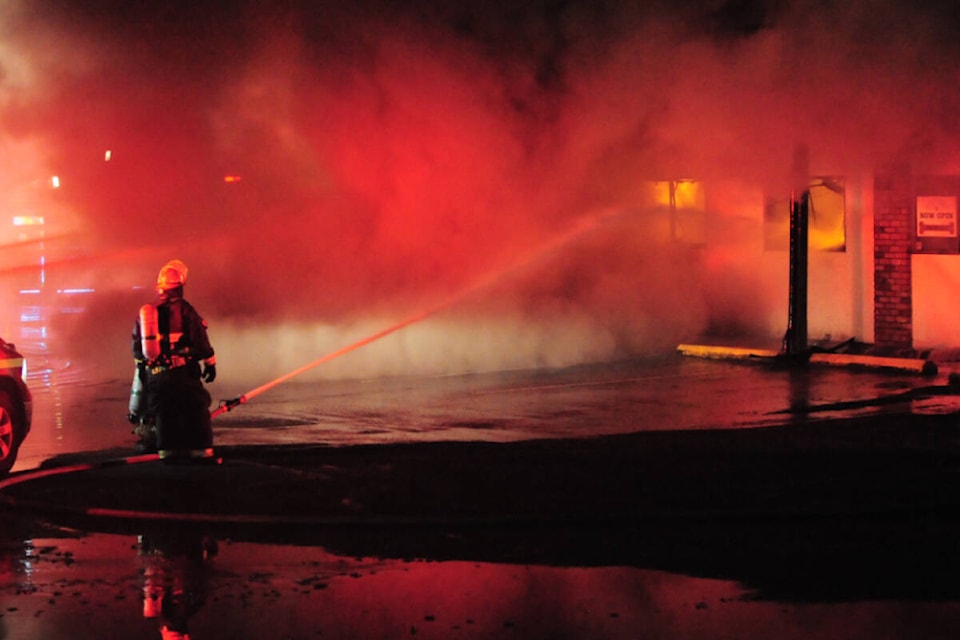District 69 residents will get a chance to learn more about emergency preparedness in the region.
The Regional District of Nanaimo, in conjunction with Emergency Preparedness Week, May 5 to May 11, is offering a variety of resources that include downloadable workbooks, handbooks, checklists and links to other emergency preparedness websites.
Emergency Preparedness Week is a nationwide event that encourages Canadians to take action to better prepare and protect themselves and their families during emergencies such as wildfires, earthquakes and floods.
The goal is to make sure residents are ready to take care of themselves for a minimum of 72 hours and having a plan will help residents be prepared and self-sufficient. It will allow emergency responders to prioritize assistance where it is most needed.
An important aspect of emergency preparedness is staying informed through verified services and accounts. The RDN encourages residents to sign up for Voyent Alert, a free emergency notification service that enables subscribers to receive critical event messages through an app, text message, voice call or email.
READ MORE: Emergency Management Oceanside receives $60K grant
To receive critical emergency alerts, sign up at rdn.bc.ca/voyent-alert. Subscribers can choose to opt in or out of RDN non-emergency alerts as well on topics such as recreation, parks, water services and more. The RDN’s website and social media accounts are also valuable resources to help you stay informed during an emergency.
Creating an emergency grab and go bag for yourself is an important part of being prepared for an emergency. Regularly check and update your grab and go bag to ensure everything is up to date. To make one, start by finding a sturdy bag that is easy to carry.
Below is a list of what could be included in the bag to support you in the first 72 hours of an emergency:
Food (ready to eat) and water; phone charger and battery bank; small battery-powered or hand-crank radio; battery-powered or hand-crank flashlight; extra batteries; small first-aid kit and personal medications; map that shows your family meeting place; copy of your emergency plan; copies of important documents; cash in small bills; map that shows your family meeting place; seasonal clothing and emergency blanket; pen and notepad; toiletries, personal items like glasses; and a whistle.
For resources and to learn more about all RDN Emergency Services, visit getinvolved.rdn.ca/nepp, rdn.bc.ca/emergency-services and, rdn.bc.ca/emergency-preparedness.
